Diving into the underwater world is a thrilling adventure, but sometimes, swimming with fins alone isn’t enough to explore the vast depths.This is where Diver Propulsion Vehicles (DPVs), also known as underwater scooters, come into play.
These battery-powered devices use one or two propellers to pull divers through water, making underwater exploration easier, faster, and more energy-efficient. Whether you’re a casual snorkeler, an experienced scuba diver, or an adventurer diving into caves, the right DPV can enhance your experience.
In this guide, we’ll explore key factors to consider when choosing an underwater scooter and review the best models on the market for various diving needs.
Why Use a DPV for Diving?
Save Energy & Air
One of the main benefits of using a DPV is the reduction in physical exertion. By taking over the effort of finning, a DPV allows you to conserve your energy and extend your dive time. It also helps save on air consumption, letting you focus more on exploring and less on exhausting yourself.
Expand Your Dive Range
DPVs enable you to cover more distance underwater, reaching dive sites, wrecks, and remote areas that would otherwise be too far or too difficult to reach using only your fins. For deep-sea research, photography, or exploring caves, DPVs can significantly extend your operational range.
Boost Safety
In challenging underwater conditions, a DPV provides the speed and maneuverability needed to navigate currents and reach the surface quickly in case of an emergency. Many models also offer real-time data such as depth, battery life, and water temperature, making it easier to monitor your dive conditions and ensure a safe experience.
Recommended: Best Underwater Scooters for 2025
Top Underwater Scooters for Every Diver
A. Best for Recreational & Casual Diving
-
Yamaha Explorer/RDS250
-
Speed: ~4 km/h | Depth: 10–30 m | Runtime: 60–120 min
-
Affordable and easy to use, ideal for family fun and shallow diving.
-
-
ASIWO Manta
-
Speed: 1.5 m/s | Depth: 40 m | Weight: 3.5 kg
-
Lightweight, one-hand operation, positive buoyancy—great for leisurely dives.
-

-
Sublue WhiteShark MixPro
-
Speed: 5.4 km/h | Runtime: 60 min | Weight: 3.5 kg
-
Compact, airline-friendly, and perfect for recreational divers and vlogging.
-
B. Best for Serious Scuba & Technical Diving
-
SEABOB F5 SR
-
Speed: 20 km/h | Depth: 40 m | Thrust: 745 N
-
Luxury build, integrated cameras, quick-charge in 1.5 h, premium materials. For experienced divers seeking adrenaline.
-
-
Dive Xtras BlackTip
-
Depth: up to 121.9 m | Speed: 2.7 mph | Runtime: ~120 min
-
Uses off-the-shelf power-tool batteries, app-enabled, lightweight without battery (8.2 kg). Exceptional for deep technical diving.
-
-
ASIWO U1
-
Speed: 3 m/s | Depth: 50 m | Runtime: 60 min (scooter mode) / 80 min (SUP motor mode)
-
A versatile scooter that doubles as a motor for SUPs or kayaks. With a depth rating of 50 m, it’s suitable for most recreational and moderate technical dives. Its lightweight design (6 kg) and modular setup make it ideal for both diving and water sports, offering portability and functionality.
-

C. Best for Specialized & Travel-Friendly Use
-
LEFEET S1 Pro
-
Weight: 2.5 kg | Depth: 40 m | Thrust: 8 kgf
-
Modular design, airline-compliant battery, ideal for hands-free photography and travel.
-
-
Scubajet Pro Dive Kit
-
Speed: 2 m/s | Depth: 60 m | Runtime: up to 4 h with XR kit
-
Jet-propulsion system, stackable batteries, versatile for diving, kayaking, and other water sports.
-
-
ASIWO U1
-
Speed: 3 m/s | Depth: 50 m | Runtime: 60 min (scooter mode) / 80 min (SUP motor mode)
-
Offering dual functionality, the ASIWO U1 is perfect for those who want a lightweight, versatile device for both diving and other water activities. Its modular design allows it to serve as an SUP or kayak motor, while still providing reliable underwater propulsion for moderate dives. Its portability and performance make it an excellent choice for travel and multi-sport use.
-
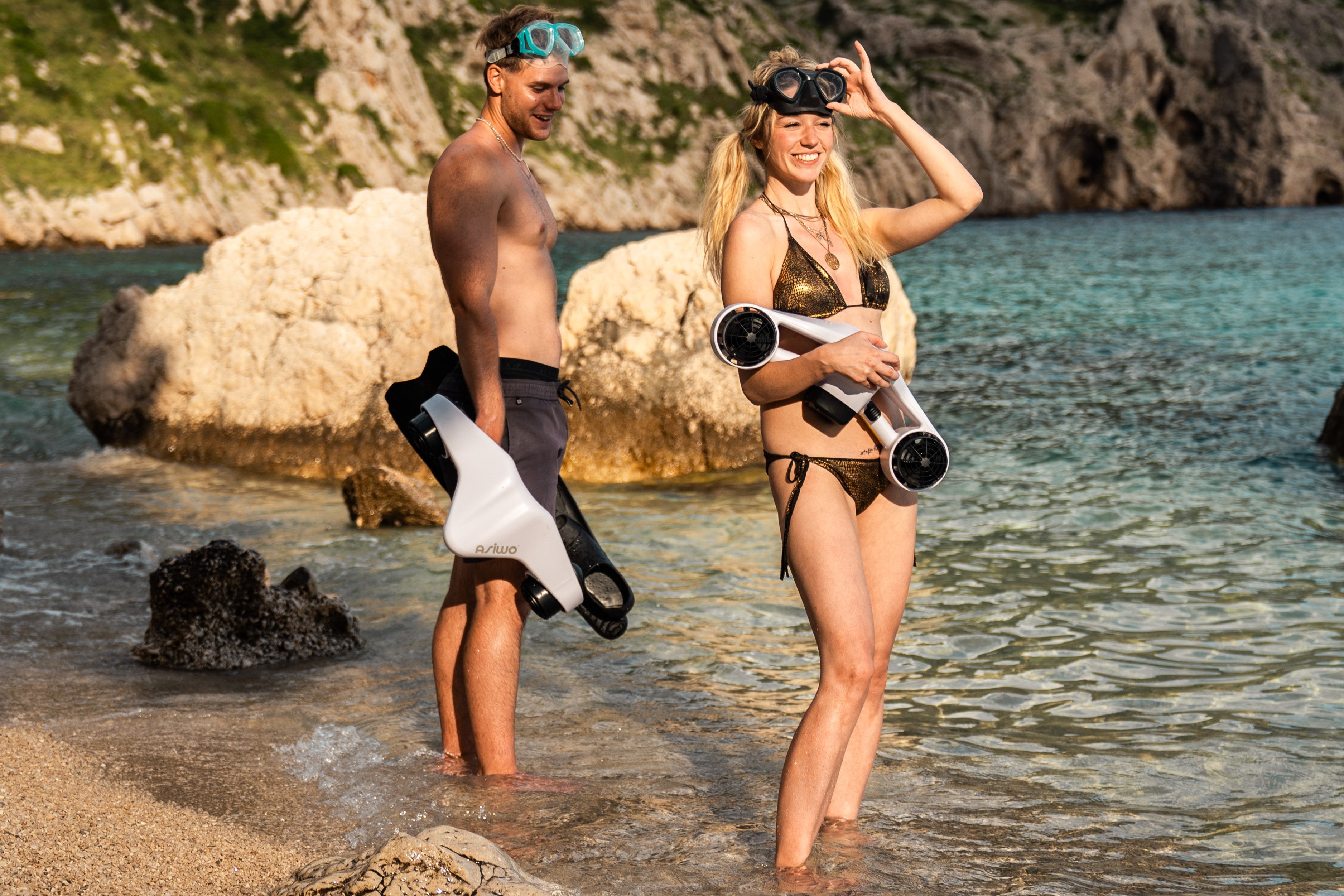
Making Your Decision: A Quick Checklist
Define Your Dive Profile: What depths and speeds do you need? Do you prioritize portability for travel or power for technical dives?
Balance Power vs. Portability: High performance often means more weight. Consider how much power you need and how much you’re willing to carry.
Factor in Total Cost: Remember that battery life, maintenance, and warranty are part of the total cost of ownership.
Prioritize Safety: Look for safety features like auto shut-off, propeller guards, and real-time monitoring systems to ensure a safe dive.
Read Real-User Reviews: Reviews provide valuable insight into how a scooter performs in real-world conditions and can highlight potential issues.
Conclusion
Choosing the right underwater scooter can transform your diving experience, whether you’re exploring shallow reefs or technical wrecks.
From affordable models that are perfect for recreational use, to powerful DPVs designed for serious divers, there’s a scooter out there for everyone.
By considering factors such as speed, depth rating, weight, and safety features, you’ll find the ideal scooter that suits your diving needs and budget. Dive smarter, dive longer, and enjoy your underwater adventures to the fullest.
FAQs
Q: How do I maintain my underwater scooter to ensure longevity?
Rinse your DPV with freshwater after every dive, especially if used in saltwater. Inspect O-rings, clean battery connections, and ensure there’s no corrosion buildup. Store batteries at about 50% charge when not in use.
Q: Can I take my DPV on an airplane?
Many scooters come with airline-compliant batteries (under 100 Wh), making them easy to take on flights. Always check with the airline for specific regulations.
Q: What safety features should I look for in a DPV?
Look for auto shut-off mechanisms, propeller guards, real-time displays, and low-battery alarms. Advanced models also offer depth and speed monitoring to help with dive safety.
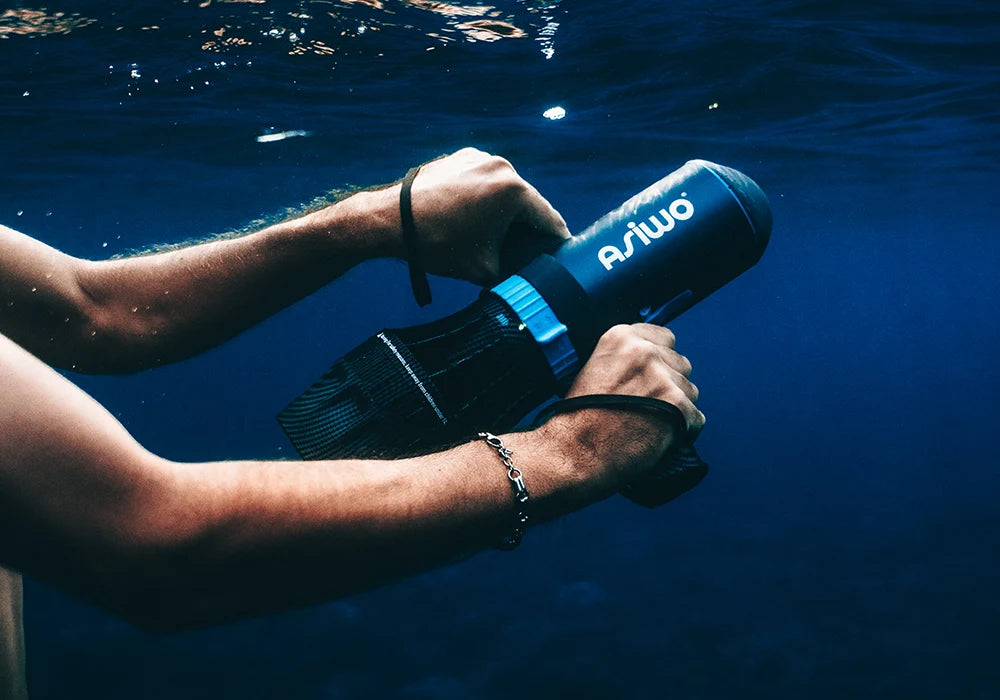




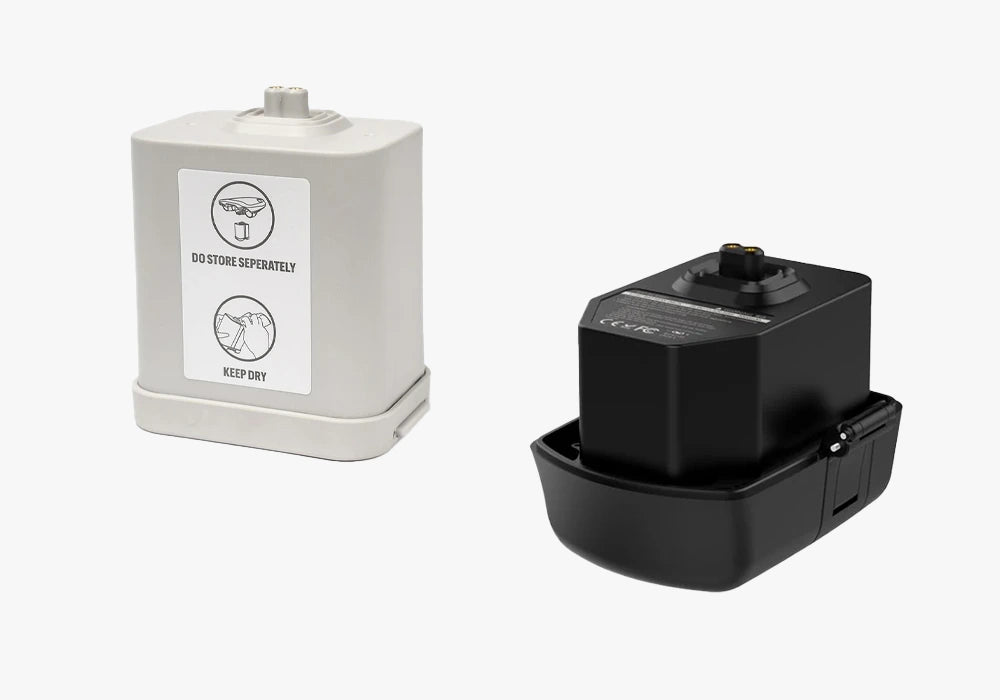




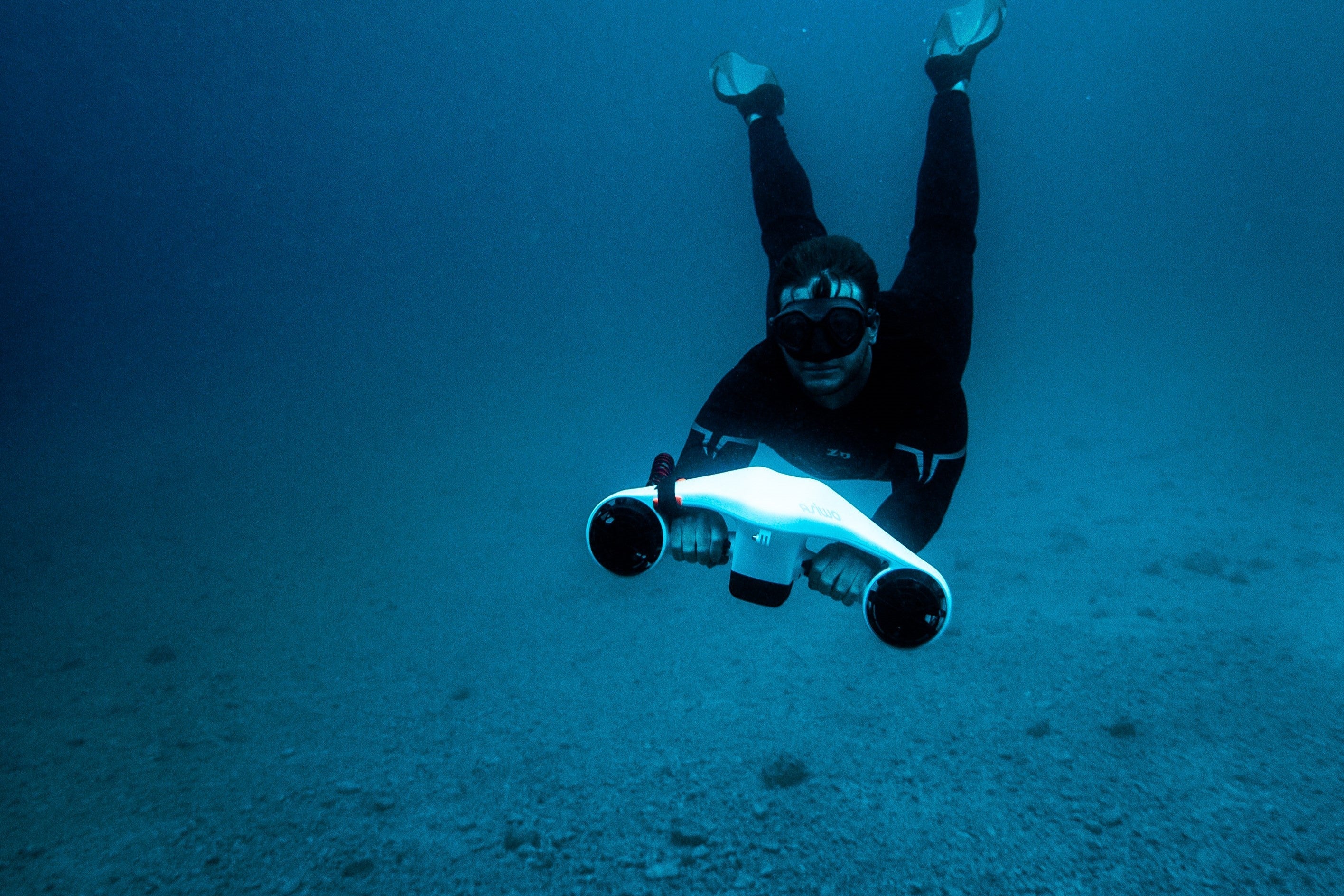
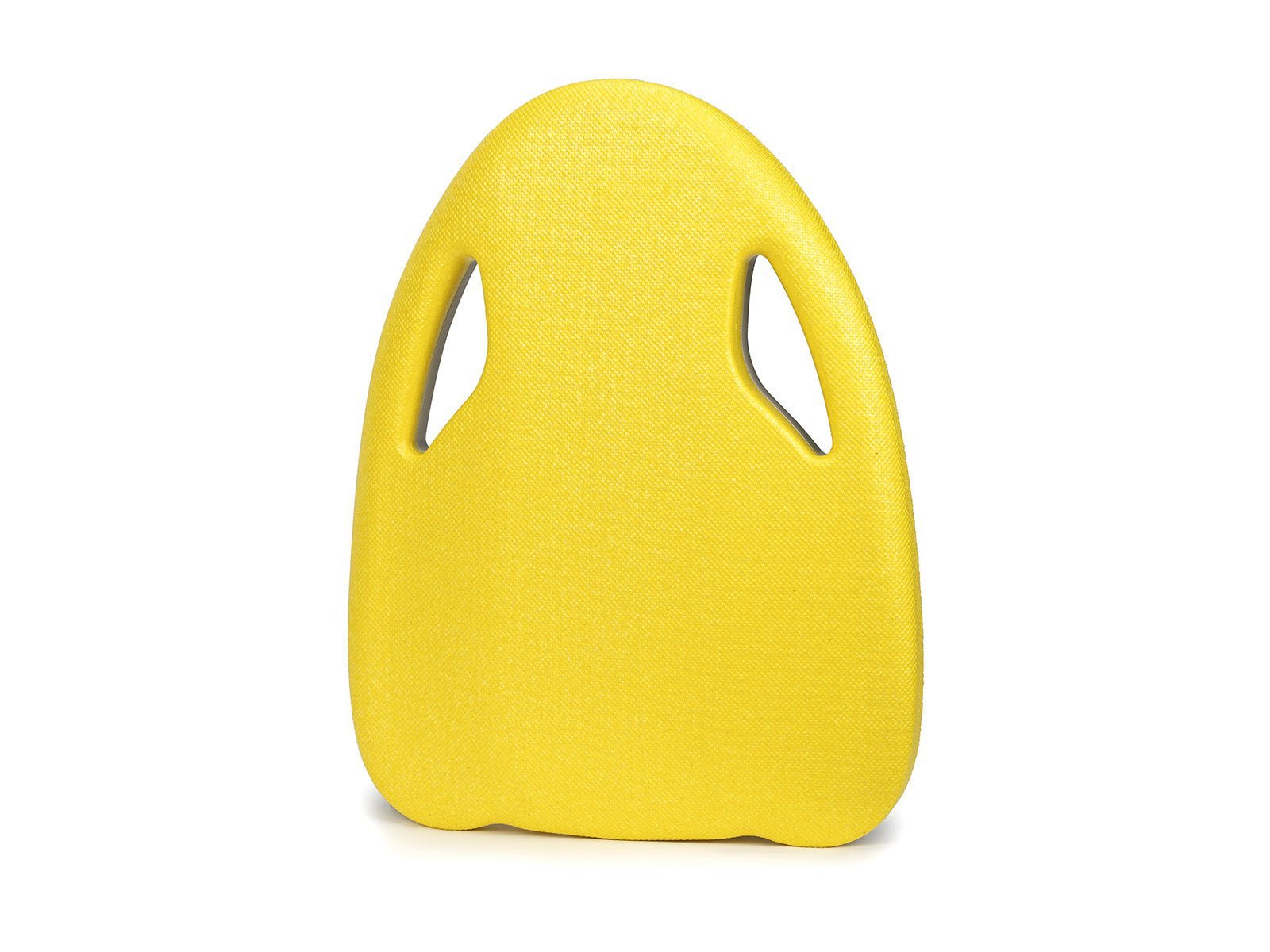
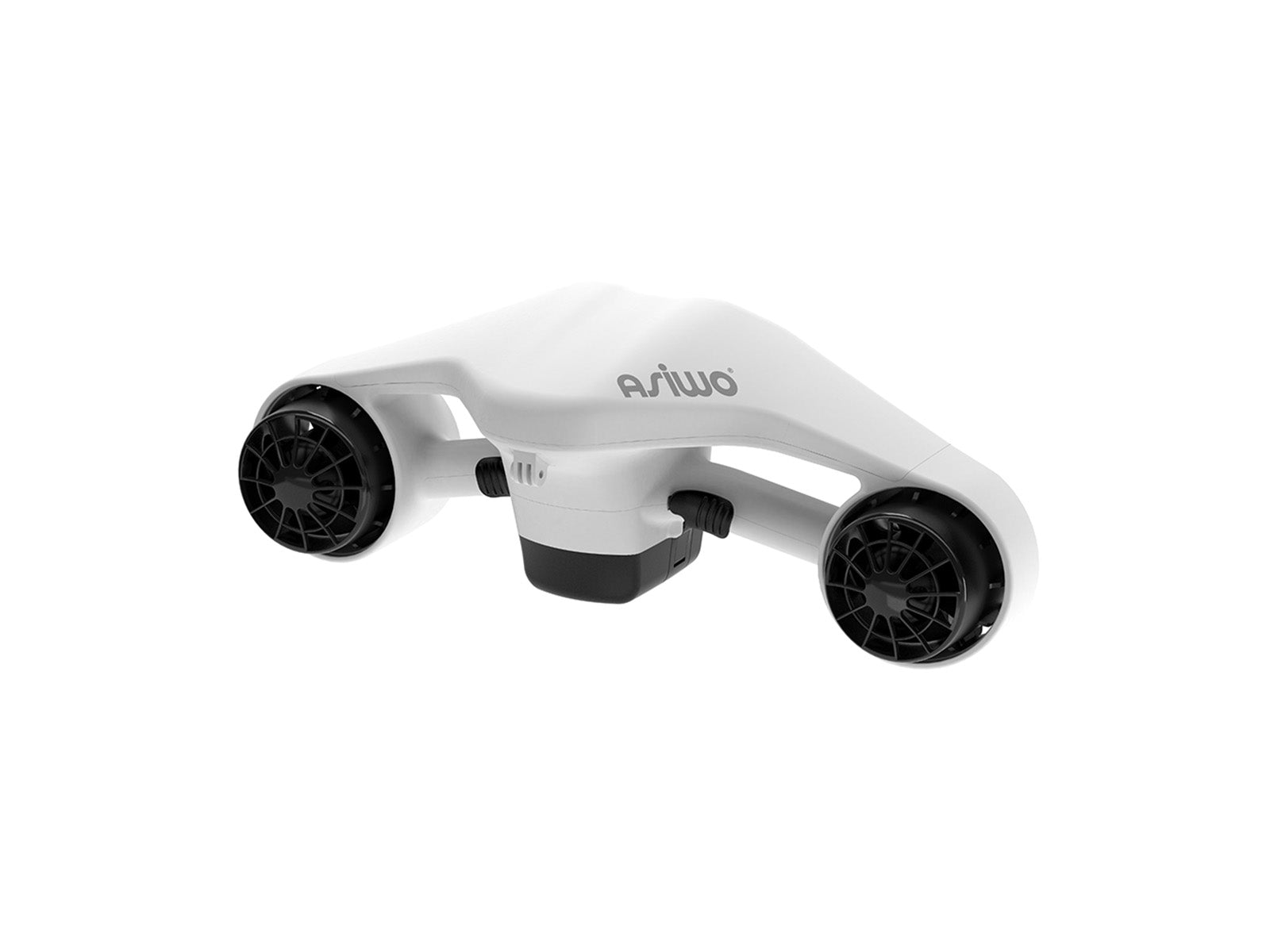
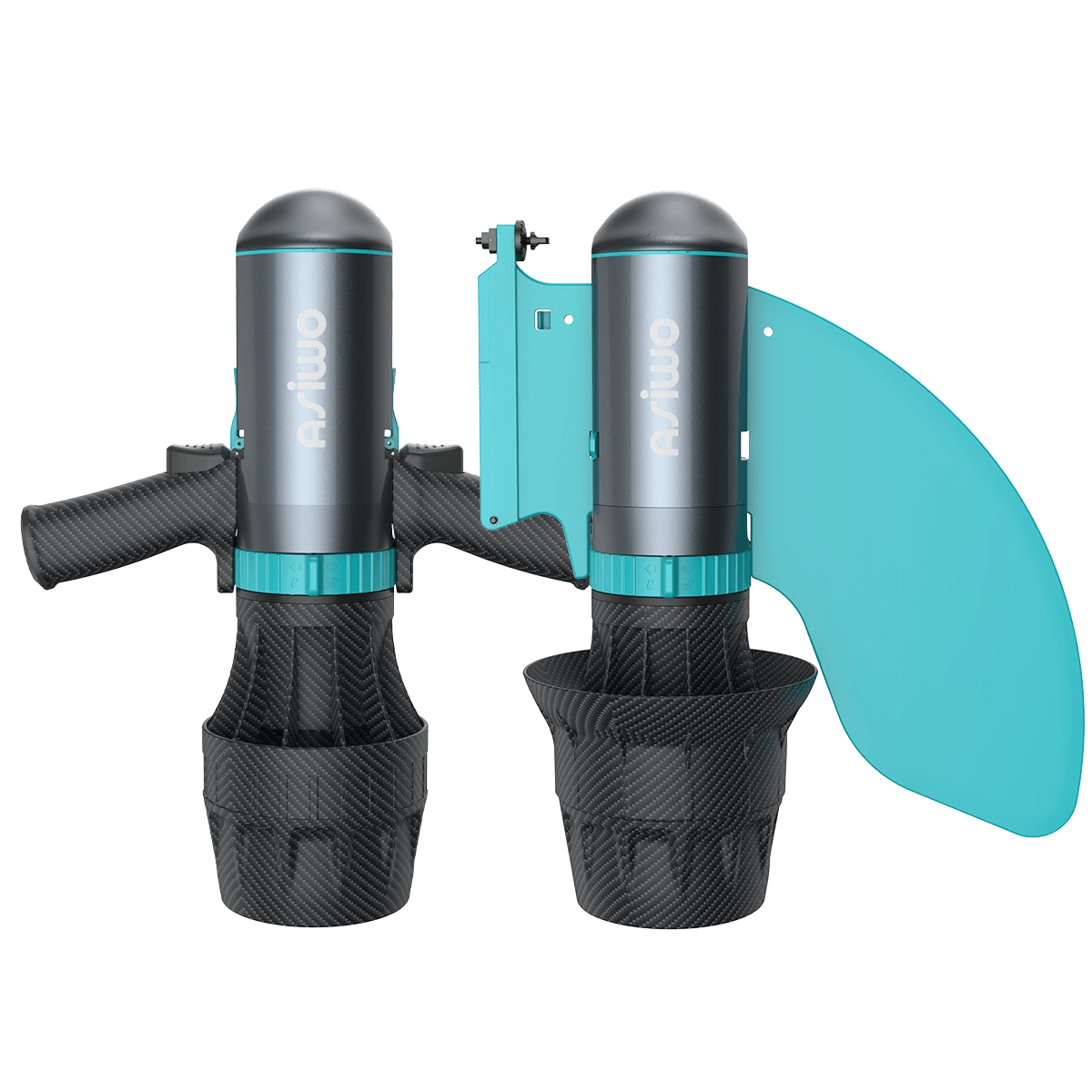




Lascia un commento